Due to an FCR improvement of 1.5-2.0 points per year, Aviagen contributes to a 1% year-on-year carbon footprint reduction
Available in other languages:
Content available at:
العربية (Arabic)
How can the food production chain meet the needs of the world’s ever-growing communities without overwhelming the planet?
Aviagen® addresses this question through “Breeding Sustainability.” Sustainable poultry breeding contributes to a decrease in carbon emissions through a continuous improvement in biological efficiency, fitness, and welfare traits. Feed Conversion Ratio (FCR) or the rate at which feed is converted to body weight is a key indicator of biological efficiency and has the greatest direct impact on the industry’s carbon footprint.
Due to an FCR improvement of 1.5-2.0 points per year, Aviagen contributes to a 1% year-on-year carbon footprint reduction
Feeding the world, preserving the planet – The FCR advantage
The global population is growing. The United Nations (UN) estimates just over 8.5 billion people by 2030, and the world will face the challenge of providing food for everyone. The OECD-FAO Agricultural Outlook 2021-2030 predicts that meat production will need to rise by 44 million metric tonnes by 2030, with half of the increase supplied by poultry.
The food industry currently contributes close to 25% of the world’s annual GHG emissions, and of this amount, poultry meat is responsible for about 6%.
As a result of FCR improvements, the modern
Subscribe now to the poultry technical magazine
AUTHORS
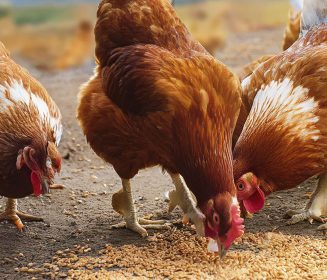
Layer Longevity Starts at Rearing
H&N Technical Team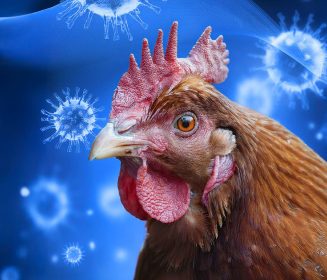
The Strategy for a Proper Infectious Bronchitis Control
Ceva Technical Team
Elevate Hatchery Performance with Petersime’s New Data-Driven Incubation Support Service
Petersime Technical Team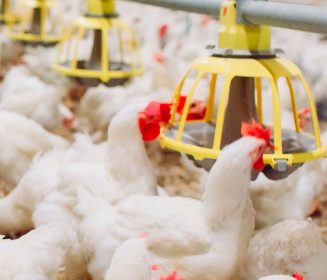
Maize and Soybean Meal Demand and Supply Situation in Indian Poultry Industry
Ricky Thaper
Production of Formed Injected Smoked Chicken Ham
Leonardo Ortiz Escoto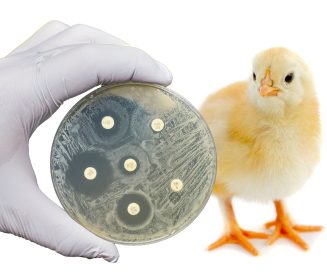
Antimicrobial Resistance in the Poultry Food Chain and Novel Strategies of Bacterial Control
Edgar O. Oviedo-Rondón
GREG TYLER INTERVIEW
Greg Tyler
Insights from the Inaugural US-RSPE Framework Report
Elena Myhre
Newcastle Disease: Knowing the Virus Better to Make the Best Control Decisions. Part II
Eliana Icochea D’Arrigo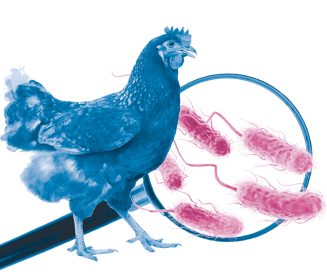
Avian Pathogenic E. coli (APEC): Serotypes and Virulence
Cecilia Rosario Cortés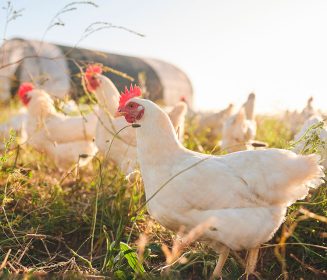
The Importance of Staff Training on Animal Welfare Issues in Poultry Industry
M. Verónica Jiménez Grez
Rodent Control is a Key Factor in Poultry Biosecurity and Sustainability
Edgar O. Oviedo-Rondón